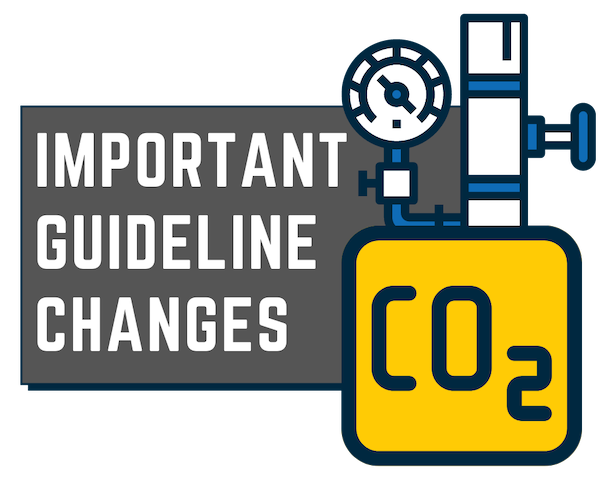
The American Veterinary Medical Association (AVMA) recently updated the Guidelines for Euthanasia of Animals.
An important feature of the changes in the AVMA Guidelines includes updates to recommended carbon dioxide (CO2) flow rates for rodent euthanasia.
Subsequently, the University of Michigan (U-M) has updated our practices and guidance documents to ensure that we are compliant with these national standards.
Specifically, we would direct your attention to both the U-M Euthanasia Guidelines and the Guidelines for Rodent Euthanasia Procedures for Investigative Personnel located on the Animal Care A-Z website.
Unit for Laboratory Animal Medicine (ULAM) staff will be changing the setting of CO2 flow meters in all of our euthanasia stations over the next few weeks. If you utilize CO2 euthanasia in your laboratory using a system that is NOT managed by ULAM, your laboratory will need to change your flow meter setting.
Please review the directions on how to make this simple change to your flow meter.
It is essential that we implement this change prior to our AAALAC re-accreditation site visit beginning August 21, 2020. To ensure system-wide changes, CO2 flow rate changes will be evaluated during upcoming semi-annual IACUC facility inspections, which start on August 4. If you need help or guidance, please contact ULAM for assistance.
Additional Information & Resources
Download the Quick Reference Sheet: Guidelines for Rodent Euthanasia Procedures ![]() for important reminders and recommendations for conducting CO2 euthanasia in rodents.
for important reminders and recommendations for conducting CO2 euthanasia in rodents.
Important Notice for Fish Users:
Changes to the AVMA Guidelines may also impact your research practices. Additional information can be found in the U-M Euthanasia Guidelines(see footnote 8).
Please contact your ULAM Faculty Veterinarian with additional questions or concerns about how these changes may impact your research.
Questions?
Please reach out to your ULAM Faculty Veterinarian with any questions or concerns about proper CO2 euthanasia procedures in mice and rats, or if you would like additional clarification on how the new AVMA Guidelines may impact the animals involved in your research program(s).
Thank you for your attention to this important matter, it is critical that all animals continue to receive compassionate and humane care throughout the entirety of their lives, no matter the circumstance.
![]() Links marked with a lock icon can only be accessed using valid U-M login credentials.
Links marked with a lock icon can only be accessed using valid U-M login credentials.